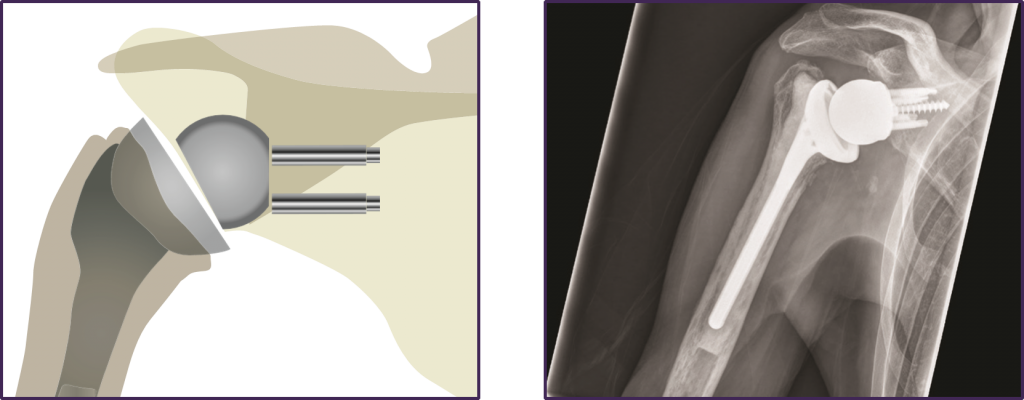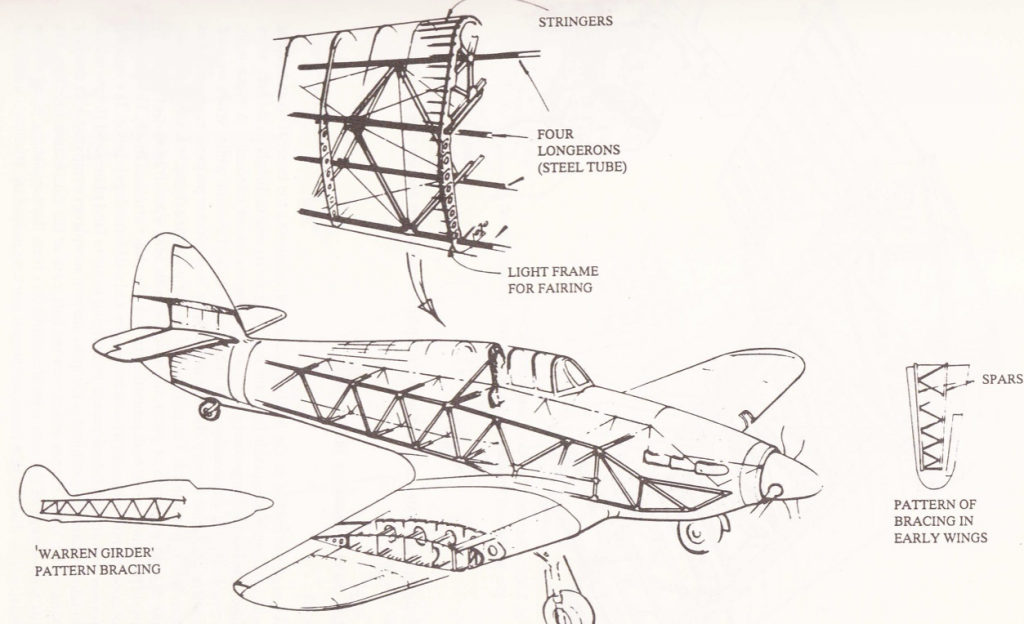At a recent meeting of Largs Probus Club, Norrie Hollywood gave a fascinating talk entitled ‘Thinking Outside the Box’. At the previous meeting Phil Theaker had given a talk about his involvement in Product Development in the Brewing Industry. Both these talks were given at short notice due to the unfortunate non-availability of our speakers. I have combined them for this blog post and included some extra information for good measure.
While looking on the internet, Assist AI came up with this definition: Thinking outside the box means approaching problems in a creative and unconventional way, often by looking at them from a new perspective. It encourages innovative solutions that go beyond traditional methods and established norms.
(Generated by Assist AI).
Norrie challenged us with this puzzle: Link all nine dots using four straight lines or fewer, without lifting the pen.

The Nine Dot Puzzle
Impossible we concluded, but of course it is if you don’t think outside the box. Stephen Wright explains: In a more general sense, the box is a perspective that provides a set of constraints on possible solutions. A new perspective looks beyond that set of constraints to enable innovative thinking.

This is the answer, drawing lines outside the 9 dot matrix
As George Bernard Shaw reasoned: The reasonable man adapts himself to the world; the unreasonable one persists in trying to adapt the world to himself. Therefore all progress depends on the unreasonable man. – George Bernard Shaw
Steven Wright illustrates it like this:

Back to Norrie: Thinking outside the box is necessity driven; it may be in any of the following areas:
| Financial needs |
| Solving major technical problems |
| Development of new medical techniques |
| Developing alternative strategies |
| Warfare |
| The space race |
| Problem and puzzle solving |
It involves thinking differently, unconventionally from a new perspective. Some people have the technique instinctively, others develop it over time, most are taught it within a business environment and unfortunately some never acquire it.
Here are some examples:

The idea was to focus on maximizing stability and space, natural attributes of a catamaran, while maintaining the efficiency and versatility of a motor yacht. it offers more indoor and outdoor space than any other boat in its range. The only steps on the boat are between lower and upper deck. The interior is a single-level design so you can move freely from room to room and enjoy the comfort of high, seven-foot ceilings. Whether you think it looks nautical, is up to you!
Now a Reverse type Total Shoulder Replacement

Normally the ball would be at the top of the humerus and the cup would be fixed to the scapula, whereas here they are reversed so that the cup is at the top of the humerus and the ball is embedded in the scapula. It is very successful when the damage dictates that the standard procedure won’t be satisfactory.
Also mentioned was the internal bracing required in aircraft fuselages that initially was not fully understood. The stresses experienced by an aircraft fuselage are much greater than originally assumed. Of course the more framework, the heavier the plane, hence the design shown below.

Phil’s talk was of necessity not written up for the blog due to confidentiality requirements. It was, however a good example of thinking outside the box.
Liquid CO2 hop extract is a great brewing tool. It is a pure resin produced through supercritical CO2 extraction, whereby the essential bittering and aromatic compounds of hops (alpha acids, beta acids and oils) are separated from the leafy plant material. The extraction process removes solids, while the CO2 is recovered and reused. So says this article in Craft Brewing Business. There are now a number of suppliers, but back in 1980, it was treated with suspicion and each potential user had to develop their own process to use what was a very sticky yellow/green oily paste that was totally immiscible with water. The successful development of an emulsion of the product allowed it to be used for dry hopping ales.
The plastic devices fondly known as widgets, used in nitrogenated canned beers, involved a lot of thinking outside the box. It was essential, firstly that its action was foolproof, and secondly that it was patentable as it gave a tremendous market advantage. This image is of the current Guinness version. This is a layman’s explanation and is not technically accurate, but gives the general idea. Widgets have changed considerably over the years and I believe this model to be the industry standard, whereas initially each company had their own design.

Finally, Ice Beers from the early 1990s were a fascinating development that required radical thinking to develop a product that had a ‘point of difference’ that would make it a market success. Fosters Ice development was a very fast moving project combining the experience of engineers, brewers and flavour analysts.
Virtually all new products need some thinking outside the box, otherwise the box rules constrain ideas and nothing new comes up. Harnessing the fire generated from lightening for early man was game changer, but only because someone thought, perhaps we could make fire when we need it, not just when there’s a lightening storm. All major developments over the millennia have involved thinking outside the box.
Both talks generated a significant number of questions.
Why not join us?
New members are always welcomed at the Club. If you are 50 or over, retired, or nearing retirement, (men only, I’m afraid, sorry ladies) you can attend three meetings as a guest and find out what a relaxed and friendly time we have. That’s plenty of time to decide whether to become a Club member or not. Please check out our programme and email info@largsprobus.org.uk if you wish to attend as a guest, or to enquire about joining.
Largs Probus Club will next meet on Wednesday 28th May at 10:00am within the Willowbank Hotel, when Linda Floyd will speak on Waste Awareness.
